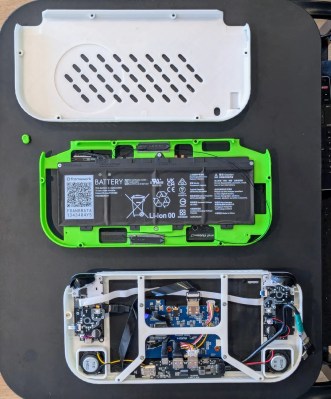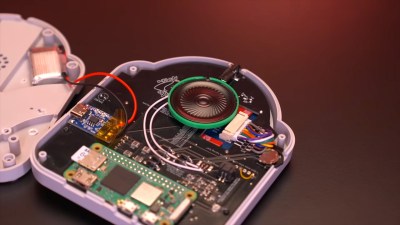DIY gaming handhelds have long been the purview of the advanced hacker, with custom enclosures and fiddly soldering making it a project not for the faint of heart. [Beth Le] now brings us a custom handheld for the beginner that can be assembled in 15 minutes and doesn’t require any soldering.

These claims might seem suspicious at first, but the fact that the build is powered by a Framework mainboard makes the dream seem attainable. Using an 8″ touchscreen and a rehoused mobile device controller, the 3D printed enclosure turns the PCB and battery into an interesting alternative to a Steam Deck.
[Beth] recommends waiting for the forthcoming revision 2 to make your own as she is working on refining the model. She also suggests printing in PC or PETG since PLA is too brittle and ABS warping can be an issue for tolerances with the pogo pins. In any case, this is definitely a project to keep your eye on if you enjoy gaming on the go.
As you know, we love Framework around here and the Cambrian Explosion of high-powered custom builds it’s enabled. This isn’t the first time we’ve seen a Framework-Powered handheld either. If you’re looking for a different form factor, we’ve also seen portable all-in-ones, keyboard PCs, and slabtops too.





 In the spirit of
In the spirit of 












